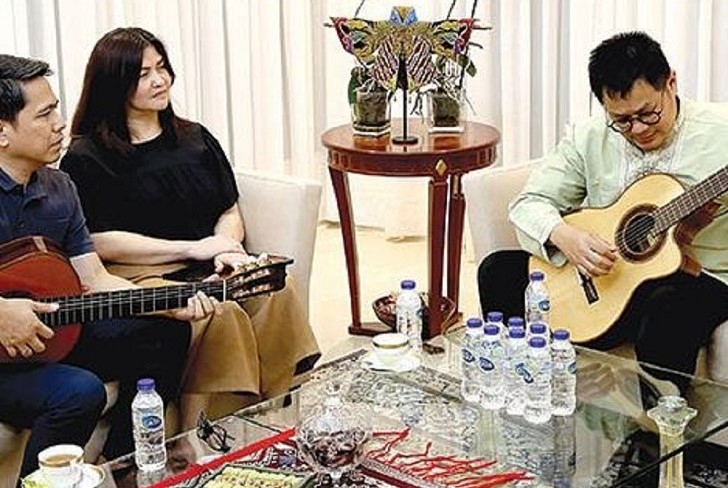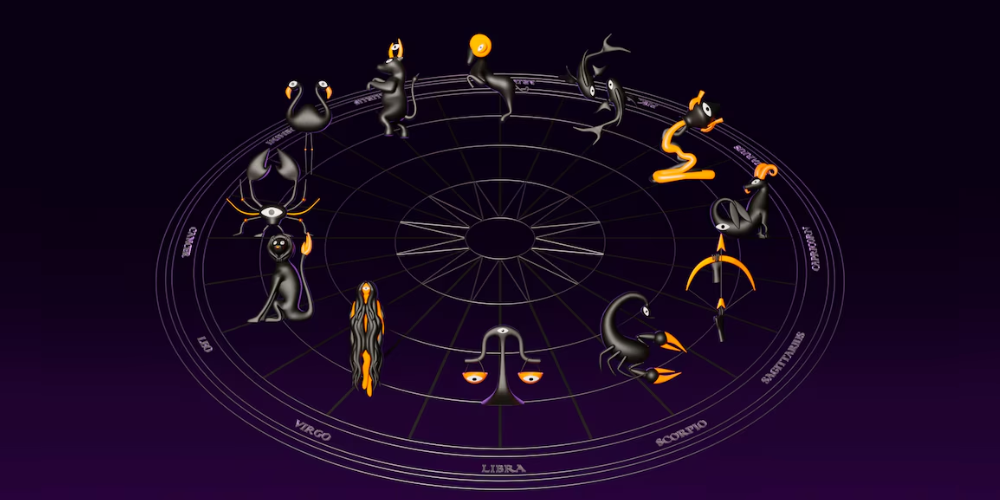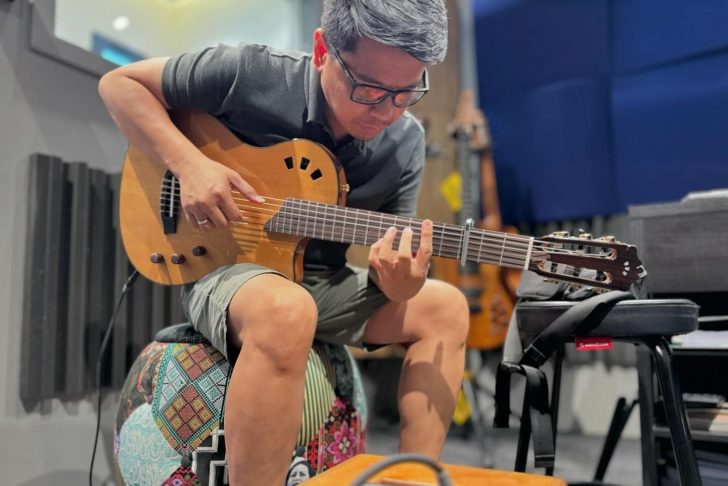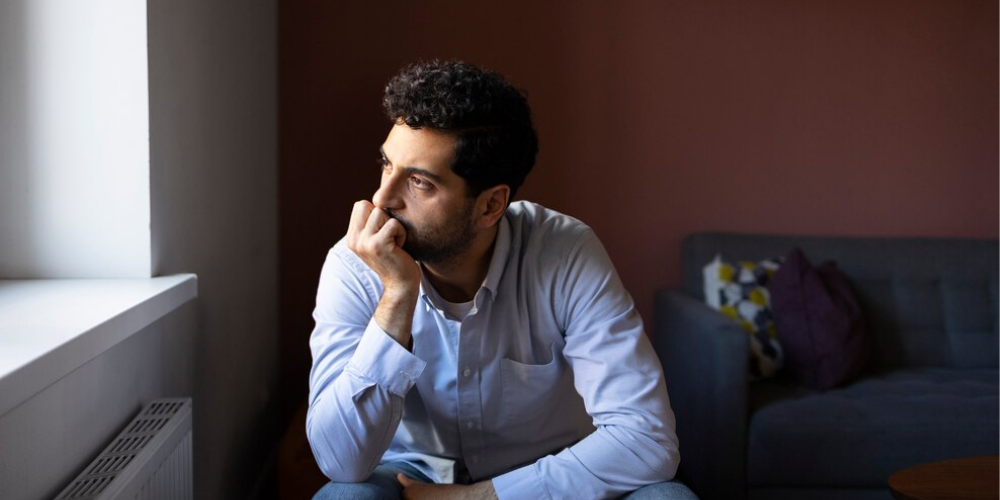Music has long been a universal language, bridging cultures and emotions. Yet, few forms resonate as powerfully as the guitar cadence—the rhythm and progression that define a song's character. Whether through a soothing melody or an upbeat riff, guitar cadence has the power to create connections, forging bonds between individuals, communities, and even nations.
Guitar Cadence Universal Language of Connection
Guitar cadence is much more than a series of chords; it’s a dynamic storytelling tool. From intricate fingerstyle arrangements to bold strumming, the cadence in guitar music conveys a wide spectrum of emotions. People of different backgrounds feel the same resonating pull, recognizing that rhythm as a heartbeat that speaks to shared experiences. In this way, guitar cadence becomes a form of communication that unites listeners, fostering understanding and connection.
Cultural Exchange Through Shared Melodies
The appeal of cadence lies in its versatility. A diplomat in Dubai and a Filipino musician exemplified this when their love for guitar music brought them together. The diplomat’s rendition of “Let It Be” and “My Way” stirred emotions in the audience, while the Filipino musician’s mastery over classical guitar evoked a similar sentiment. These shared melodies not only created friendships but also highlighted how music can transcend language and cultural barriers.
How Cadence Shapes Identity and Community
For many, cadence serves as a reflection of personal identity. Musicians use it to express individuality and connect with others who share similar tastes. The guitar can provide a sense of belonging in a world that often feels disconnected. As seen in the case of Lex Von Sumayo, a classical guitarist in Dubai, his arrangements bring Original Pilipino Music to a global audience, connecting people who resonate with his musical style and heritage.
The Role of Guitar Cadence in Emotional Expression
Guitar cadence has a unique ability to evoke emotions in both performers and listeners. The rhythm and pace of a melody can reflect joy, sorrow, or nostalgia, and these emotions ripple through audiences. When Consul General Denny Lesmana played alongside his daughter and fellow musicians, their collective music created an environment filled with emotion, illustrating the profound impact of guitar cadence on emotional expression.
Bringing Generations Together Through Guitar Music
One of the remarkable aspects of guitar music is its ability to connect generations. Songs like The Beatles’ “While My Guitar Gently Weeps” remain timeless, appealing to both older and younger listeners. When Lex Von Sumayo shared the stage with Consul General Lesmana’s children, their music bridged a generational gap. This shared experience fostered an environment of mutual appreciation, revealing how guitar cadence can unite families and friends across age groups.

@lexvonsumayo | Instagram | Lex Von Sumayo shared the stage with Consul General Lesmana’s children, and their music bridged a generational gap.
Guitar Cadence as a Catalyst for Artistic Inspiration
The influence of guitar cadence extends beyond the stage, inspiring musicians and listeners alike. Lex Von Sumayo, whose work includes arrangements of international hits and Filipino classics, draws motivation from his followers. Their support propels him to continue creating and sharing music that speaks to them. Guitar cadence, therefore, becomes a wellspring of inspiration, driving artists to explore new creative avenues while connecting with a broader audience.
The Lasting Impact of Guitar Cadence on Human Connections
The influence of guitar cadence reaches far beyond any single performance or piece of music. It leaves a lasting impression on those who experience it, shaping relationships and memories. Consul General Lesmana's fondness for Lex Von Sumayo’s guitar arrangements exemplifies how these connections endure. Guitar cadence, in essence, becomes a cherished part of our lives, reminding us of moments shared and emotions felt, leaving a mark that transcends time.












